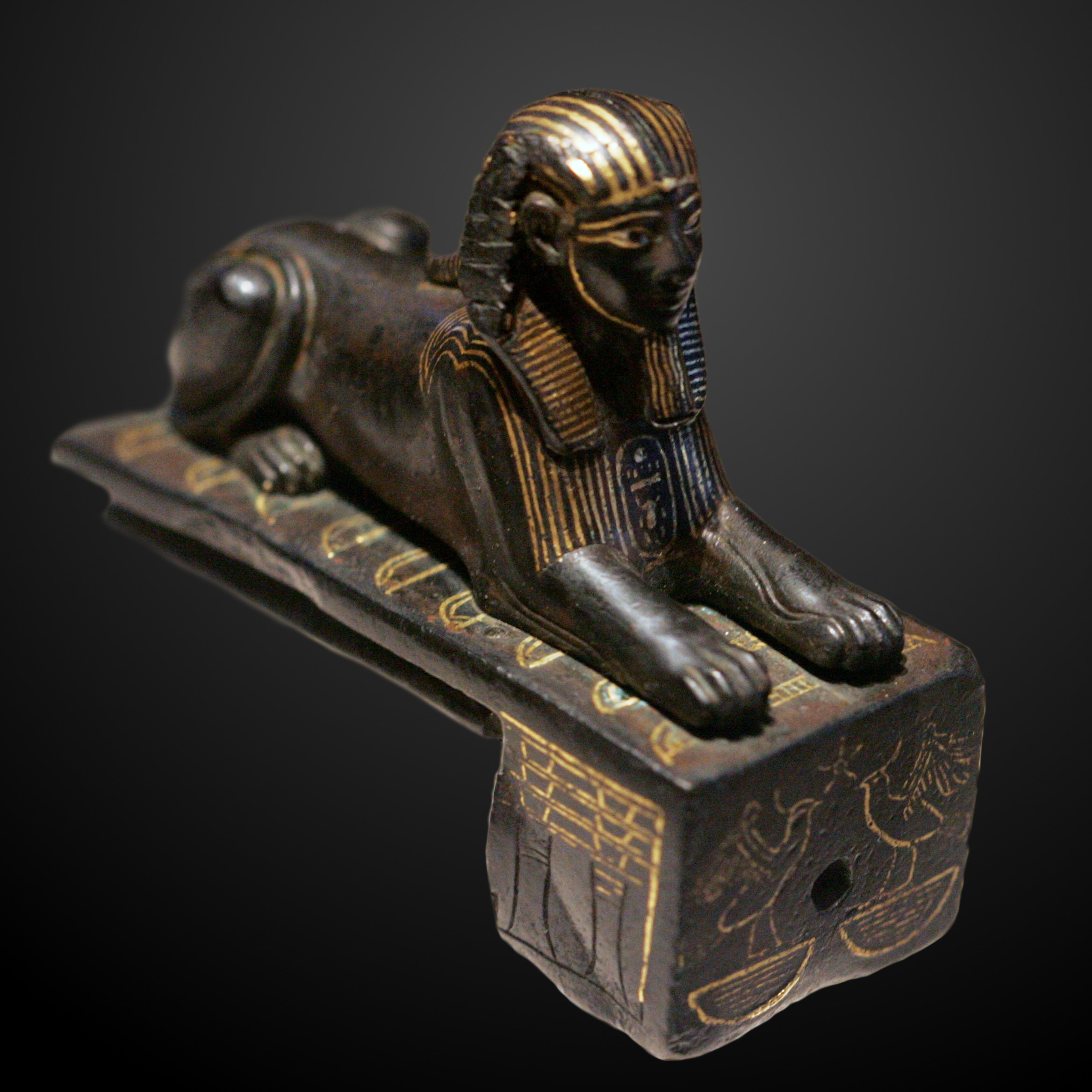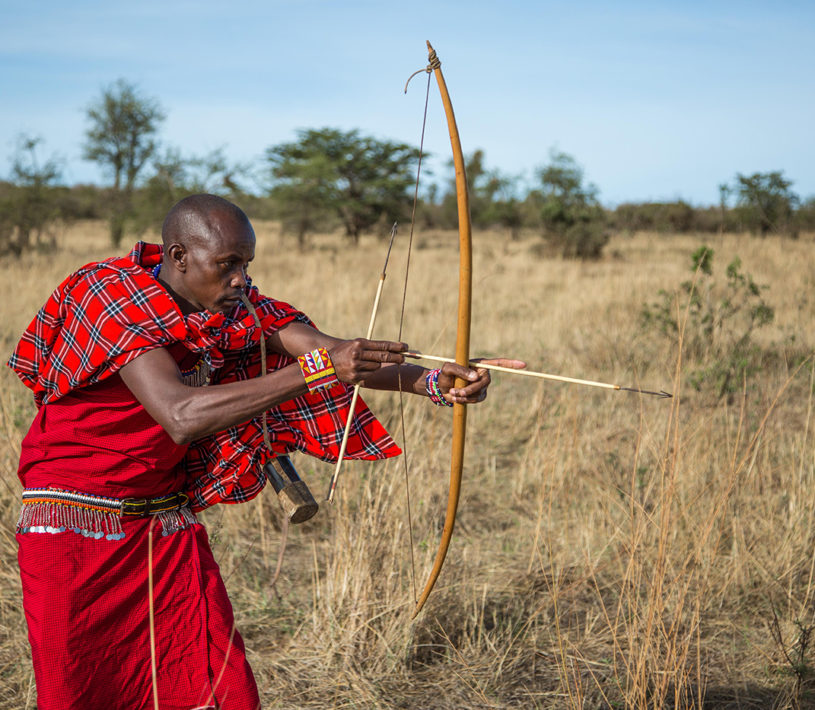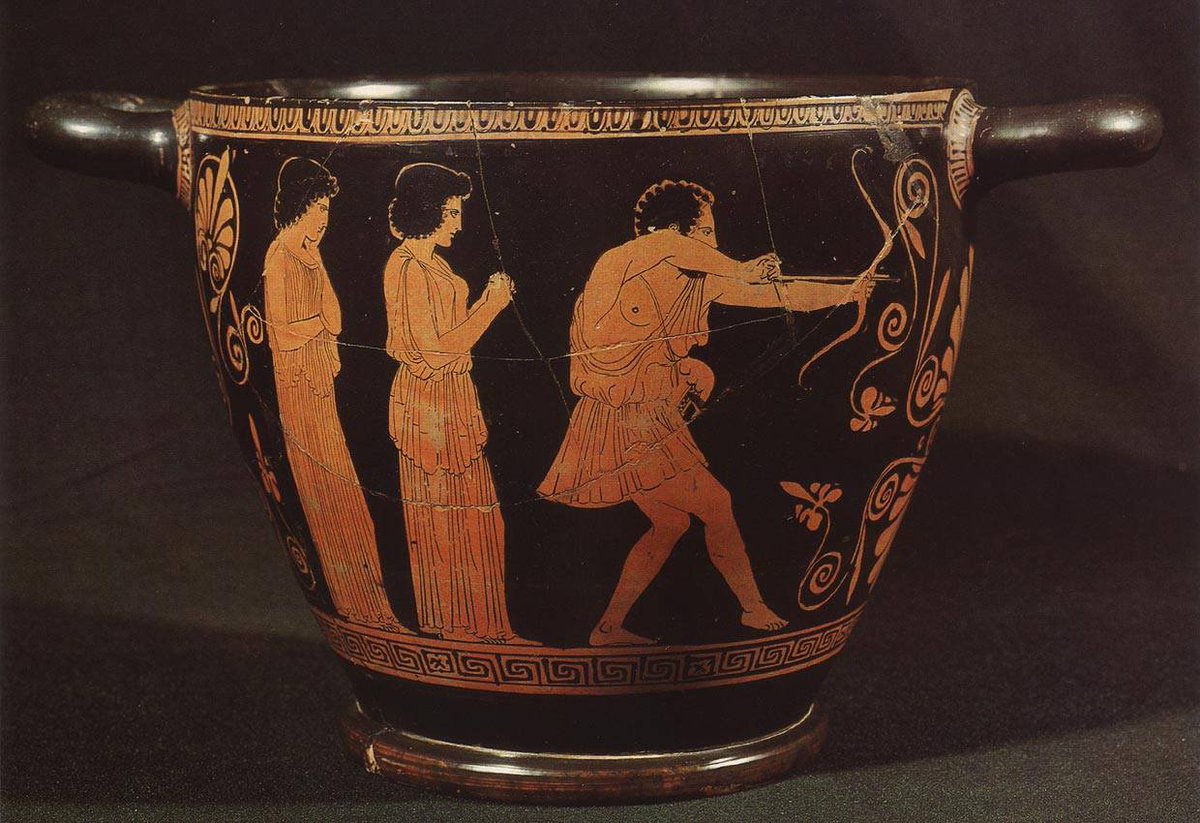Archery Archeology
Archery Archeology
What can we learn from archery archeology? For the vast majority of the human story, bows, arrows, and other archery accessories have been made from organic materials. As such they decompose relatively easily and leave very little for the archaeologist and historian to examine. There are however a few specimens that do make it through the ages. This article discusses archery archeology, which gives us a tantalizing glimpse into the world of ancient archers.

The Cradle: Africa
Sibudu Cave
The very earliest archeological evidence of archery comes to us from the cradle of our species: Africa. There is a cave system in South Africa known as the Sibudu Cave in northern KwaZulu-Natal province. The site has been occupied intermittently from about 77,000 to 38,000 years ago. Many artifacts of interest to historians and archeologist have been discovered here including but not limited to:
- Bone needle. The earliest found so far
- Example of the earliest use of bedding
- The earliest example of compound glue
- A bone point, possibly an arrowhead. This puts the earliest use of the bow and arrow to around 60,000 years ago

Archery Archeology – Early Warfare
Some of the earliest evidence of archery being used in warfare comes to us from the Nataruk site in Turkana County, Kenya. Now, we have all had our suspicions that the bow was used in the conflict between humans very early on, and the finds at the Nataruk site confirm this. The site was apparently where a massacre took place over 10,000 years ago. Some 27 bodies were uncovered, many of which had lesions and sharp-force trauma to the head and neck bones which are consistent with arrow wounds.
The real tantalizing evidence comes from the fact that obsidian blades and blade fragments were found within the bodies, or embedded in the bones of 2 possibly 3 of the bodies. These obsidian bladelets and fragments found within body cavities would give us the confidence to diagnose the situation as inter-group conflict e.i. warfare.
Ancient Egypt
Many well-preserved bows, arrows, and other archery equipment come from Ancient Egypt. The bow and arrow played an integral part in Egyptian warfare. Commoners, mercenaries, and even the Pharoah himself were all encouraged to be practice and master archery. An important aspect of the Ancient Egyptians as they relate to archery archeology is the fact that they buried some of their dead with weapons and other tools for use in the afterlife. As a result, many archery artifacts remain in decent condition.

Because of the longevity of Ancient Egyptian kingdoms, many individuals were buried with archery equipment over a long period of time. One particularly noteworthy archeological find comes to us from the infamous tomb of the boy pharaoh Tutankhamun. His tomb contained well over 5000 artifacts including several bows and arrows. The official discoverer of the tomb, Howard Carter was meticulous in his cataloging of the artifacts. Some of the archery related items included:
- Stave of a composite bow with bark covering
- Stave of a self bow with covering
- Uncovered self bow
- Dozens upon dozens of arrows of all sizes
- Long arrows 30 inches or longer
- Short arrows 10 inches or shorter
- Various fletchings (four feathered, three feathered)
- Stone, bronze, and glass arrowheads
Links & Sources:
Link for Howard Carter’s Notes on excavation
Ancient Egyptian Bows and Arrows and their relevance for African Prehistory. [article]
Egyptian Military
Europe
Several interesting finds come to us from Europe. An early example of a possible bow fragment comes to us from Mannheim-Vogelstang in Germany. The artifact is dated to around 17,500 years ago.
Source: The oldest bow in the world? An interesting piece from Mannheim, Germany
Another find comes to us from Stellmoor, again in Germany. The site seems to have been inhabited seasonally by people of the Ahrensburg culture. The Ahrensburgers were a late Upper Paleolithic ( (11,000–9,000 BP) nomadic hunter culture who inhabited much of northern Germany and Western Poland. Pine shafts with stone points were discovered here. The shafts had shallow grooves cut into the base indicating they were likely shot from a bowstring.

A complete bow was indeed found in the bogs of Denmark, near the town of Holmegaard. This was the first fully intact bow discovered in Europe from ancient times. The bow has been dated to around 7000 B.C. This style of bow has been replicated several times by modern bowyers and is generally observed to be an efficient and good design. The bow has a distinctive shape with flat tapered limbs and a thin, straight grip section.
Asia
A wide variety of bows have been used in Asia over many thousands of years. A particularly interesting find comes to us from Xinjiang, which is in the north-western tip of China. In ancient times, Xinjiang province was part of the silk road. Goods and people from many different cultures and ethnicities traveled through these lands to trade their wares.

Several Scythian style bows have been unearthed in this area. Due to the dry and stable conditions of the region, the bows have remained intact. These bows date from around 1000 – 400 B.C. The shape of the bows is the unmistakable Scythian designs that are well depicted in Greek art. Please read the following article for more info:
SCYTHIAN BOW FROM XINJANG, Adam Karpowicz and Stephen Selby
Recent Discoveries
An interesting discovery was made very recently (2020) in Sri Lanka. Archaeologist Michelle Langley and her team have found 130 bone arrowheads dating to approximately 48,000 years ago! This is the earliest evidence of prolific archery outside of Africa. Most of the bone points were tapered or sharpened on both ends. Some also had peculiar grooves cut into the bone. It is suspected that the grooves could hold a poisonous compound, or perhaps it was the manufacturer making his or her mark.
For more information read on:
Bows and arrows and complex symbolic displays 48,000 years ago in the South Asian tropics